In our QB Manual, we outline that a complete passing system must:
· Give receivers the opportunity to defeat tight man coverage.
· Prevent conflict between receivers.
· Have a defined timing.
· Stretch the defense vertically and horizontally.
· Keep the QB out of interception danger.
· Deny pattern reading by the defense.
· Minimize one-for-one trades.
· Keep receivers from free pass defenders.
· Have a principle of route conversion.
· Adjust to condensed field areas.
· Have the ability to isolate certain parts of a pass defense.
· Allow for quick throws when the defense is outflanked.
· Accommodate delays and screens.
· Have set reading concepts.
· Have organized scramble rules.
· Have the ability to adjust to multiple formations.
Furthermore, a complete passing system must have a method for teaching not JUST patterns, but the moving parts within the patterns. For example, this pass offense is built off of 3 patterns (the drag, the streak read, and the stick) that form the foundation of the entire pass offense. Daily drills are designed to reinforce this teaching, and are combined with advantage principles to maximize effectiveness. Below, we see how a drill for option routes might be set up:
How can this development occur? Like anything else, it begins with commitment. One of my clients has begun a project that not only involves the the high school and junior high programs, but the local youth programs as well. A system will be put in place, and the results will no doubt come thereafter.


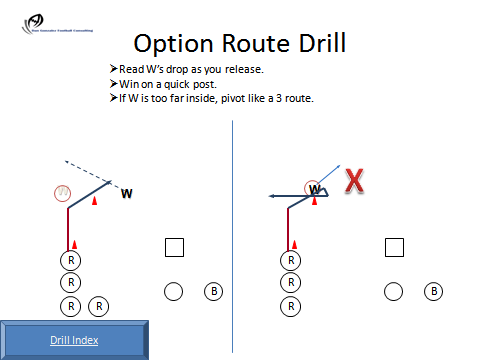

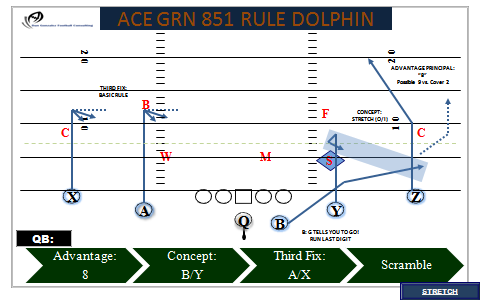
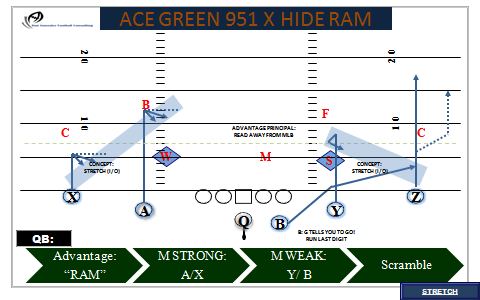
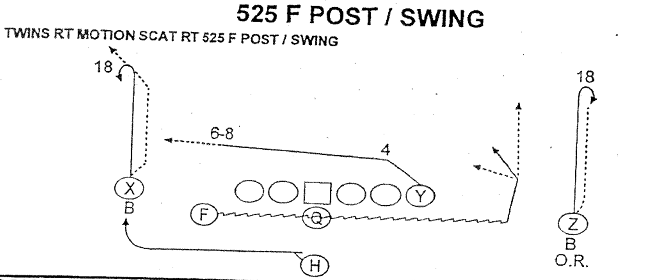
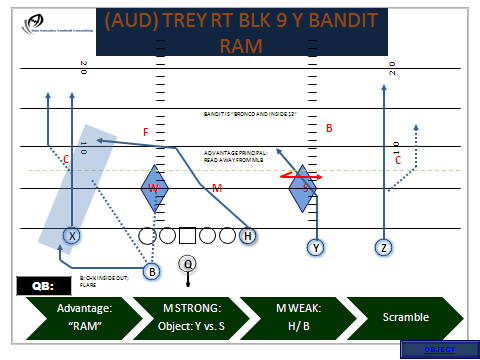
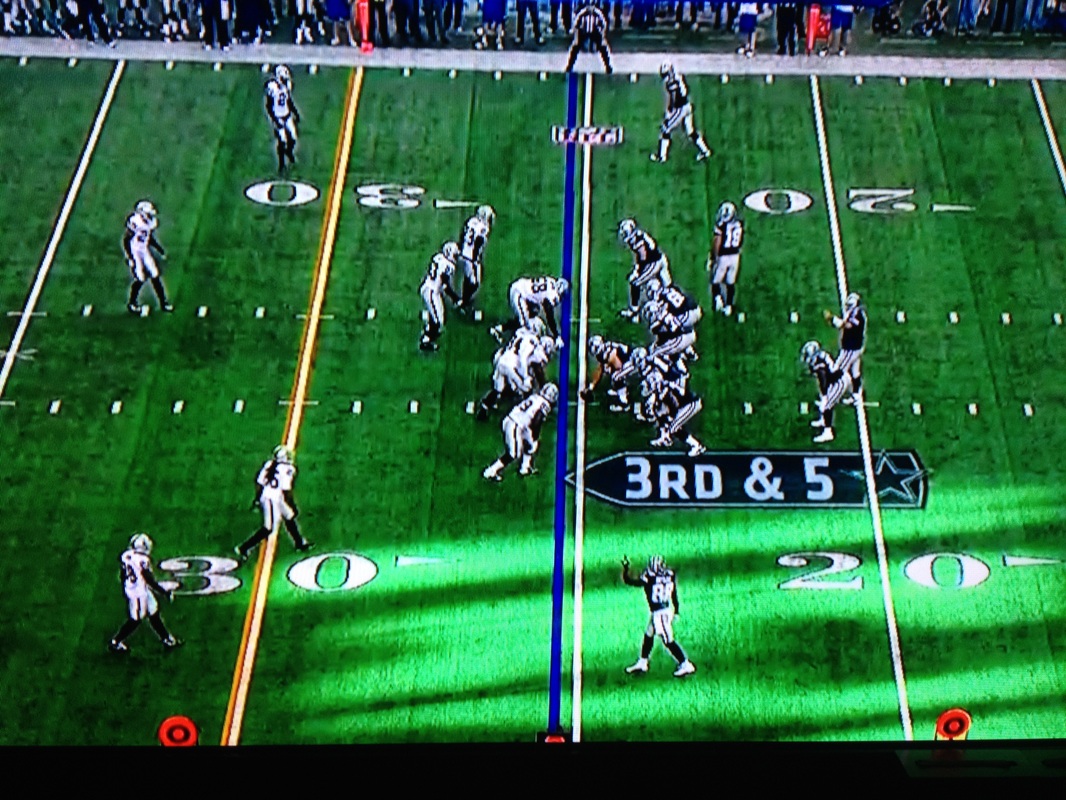
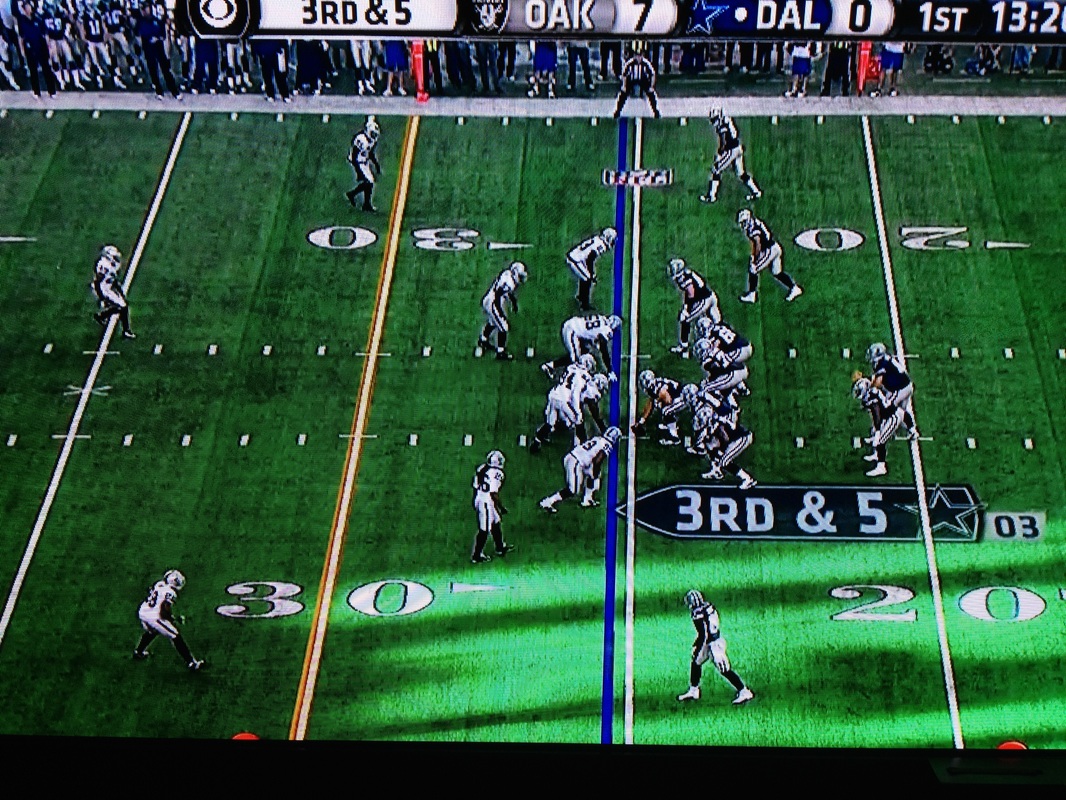
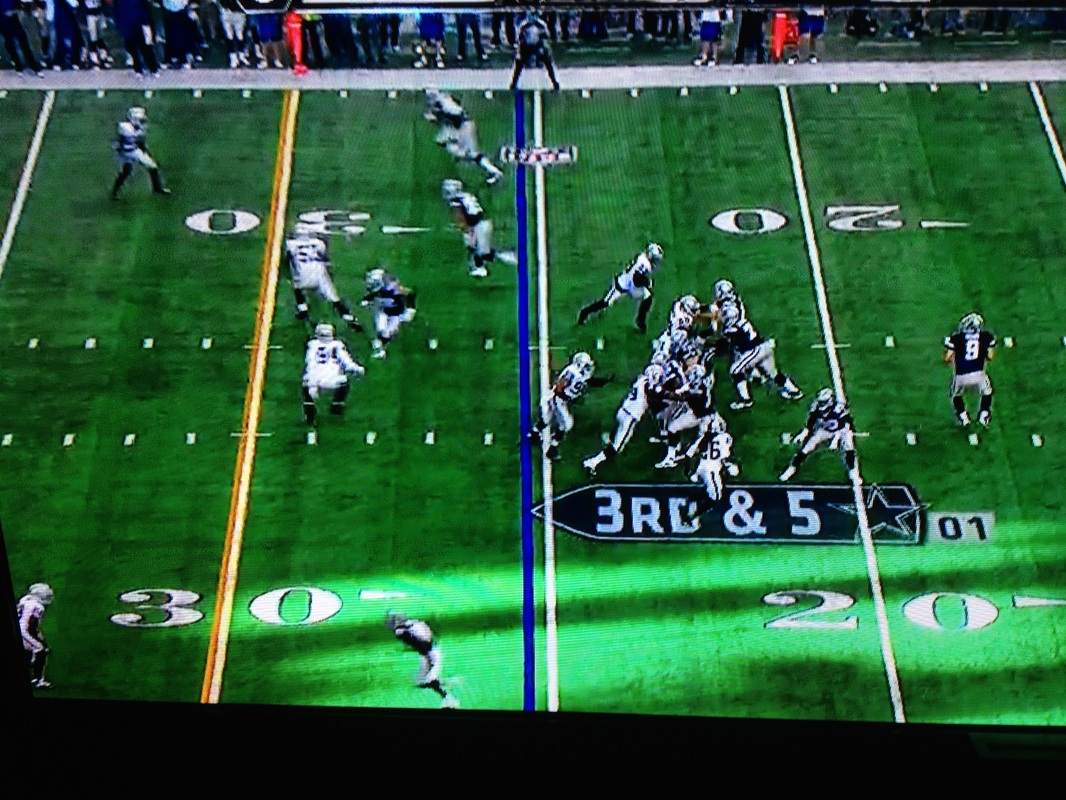
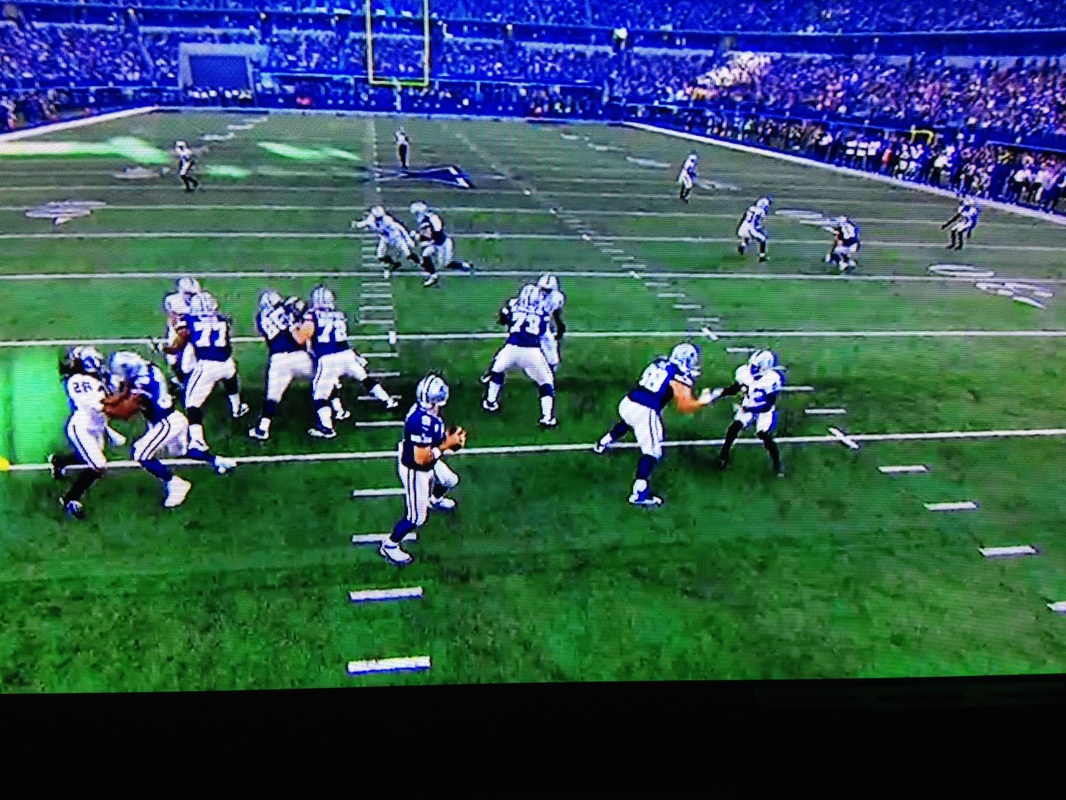
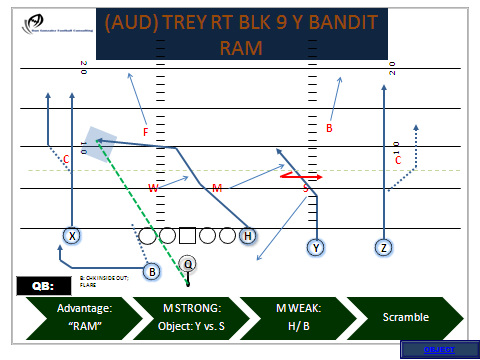

 RSS Feed
RSS Feed
